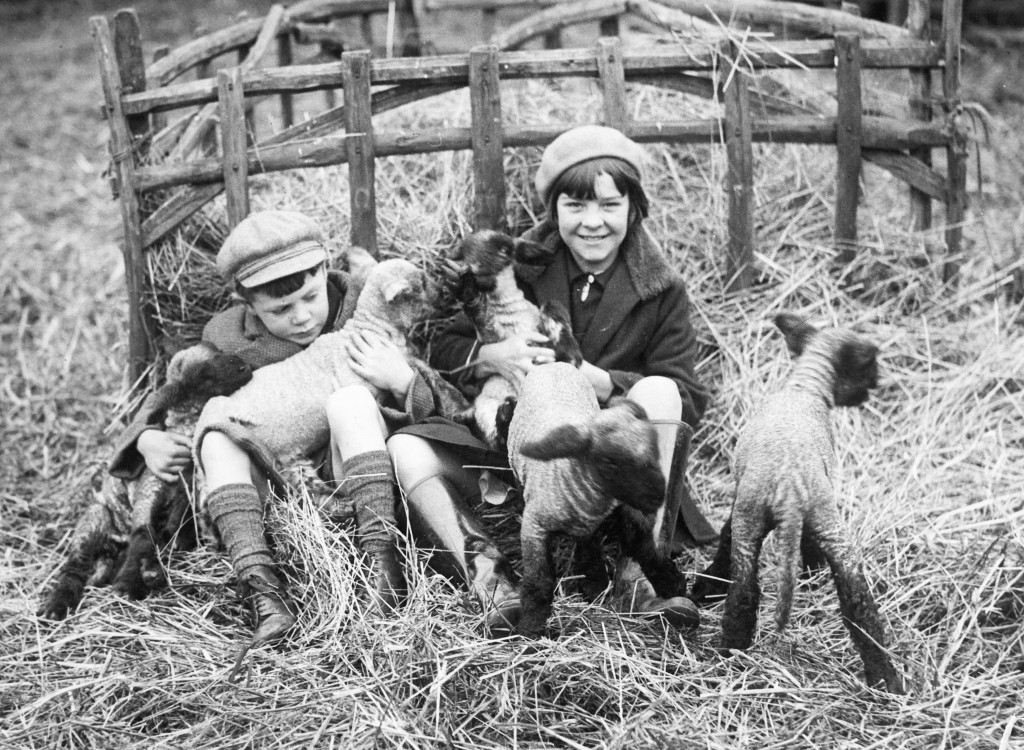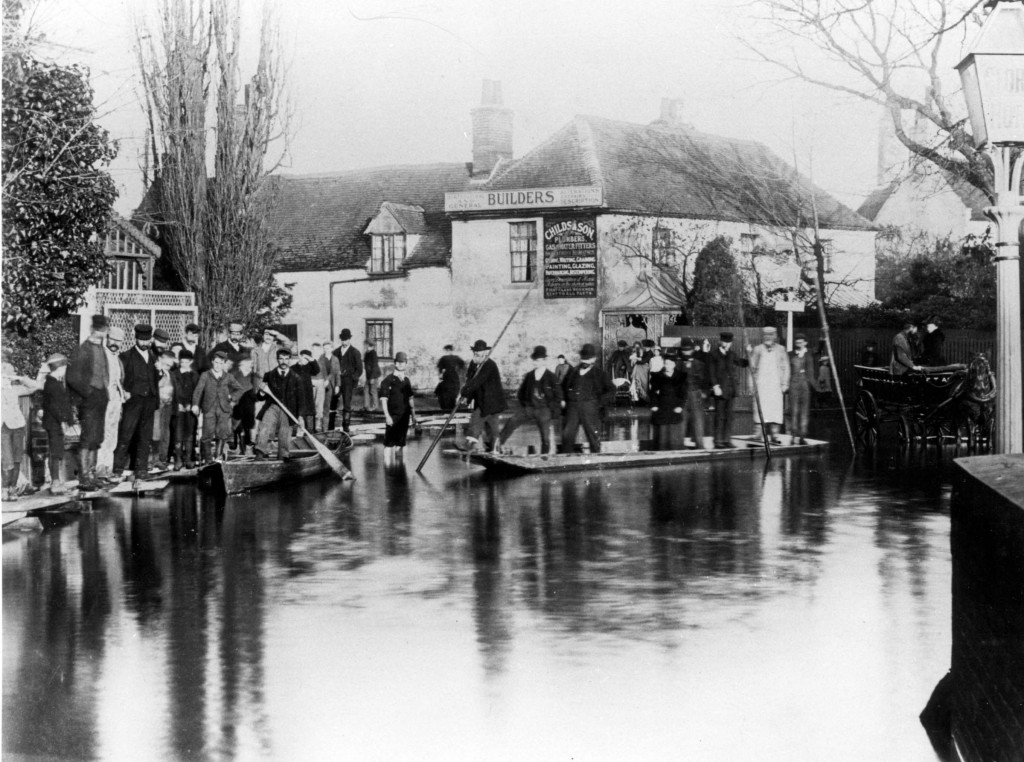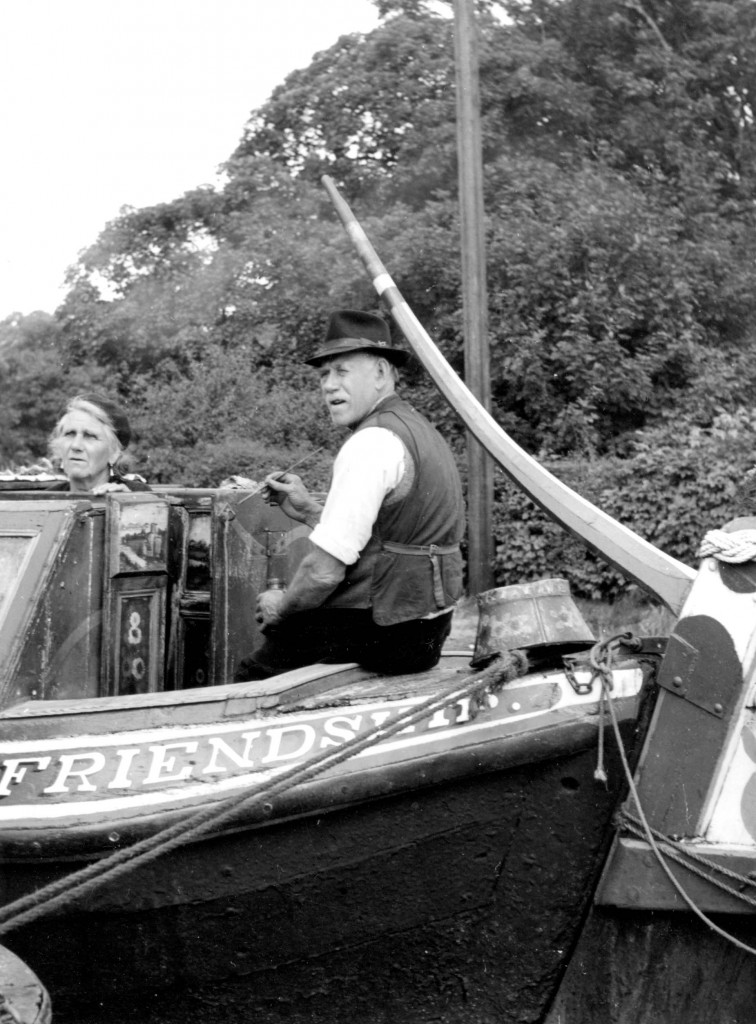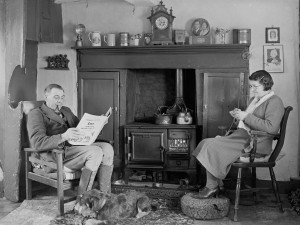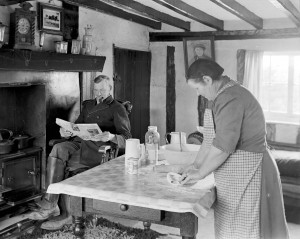As our Photographic Assistant is on leave this week, I thought I would try and use our database to find a suitable harvest image. I have to admit I usually run straight to my colleagues in the reading room when I need something from the archives, so I was really pleased that the terms I used (MERL, archive, harvesting, Farmers Weekly) to narrow my search revealed (amongst many others) this beautiful – and local – picture… That was the extent of my researching ability, however, and University Archivist Guy Baxter came to my rescue to delve more deeply and find out more about the image… (Alison Hilton, Marketing Officer)
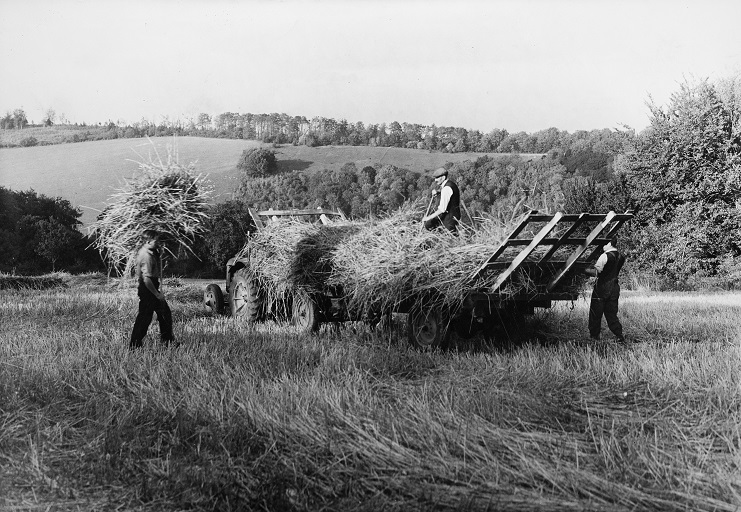
Picking up the last of the Harvest P_FW_PH2_H29_3 (2)
This photograph, by the Reading based photographer Eric Guy, shows “lodged wheat” being gathered up by hand in 1945. When a crop is “lodged” it means that it has been flattened by the wind, making it difficult to harvest. Eric Guy gave this photograph the caption “Picking up the last of the Harvest” but this particular print was not found in his own collection at MERL, but in the Museum’s Farmers Weekly’s picture library collection. In fact, the image was used in Farmers Weekly on 19 October 1945, with the following caption:
“The “Indian Summer” has enabled crops to be rescued in many parts of the country. This lodged wheat, on a farm in the Streatley Hills, near Basildon, Berks, was too much for the binder, but now it has been safely hand-gathered.”
A binder is a machine for reaping crops – now largely obsolete, as the combine-harvester does the job of both the binder and the threshing machine. For details of the binder on display at MERL, see the entry in our database
Although at first glance the crop is being loaded onto an old farm wagon, a closer look reveals rubber tyres, and a tractor rather than a horse at the front.



